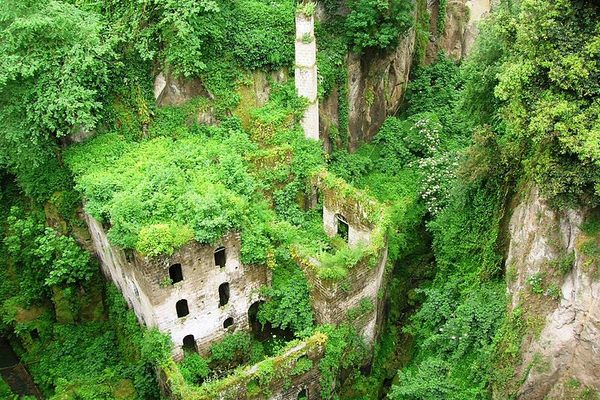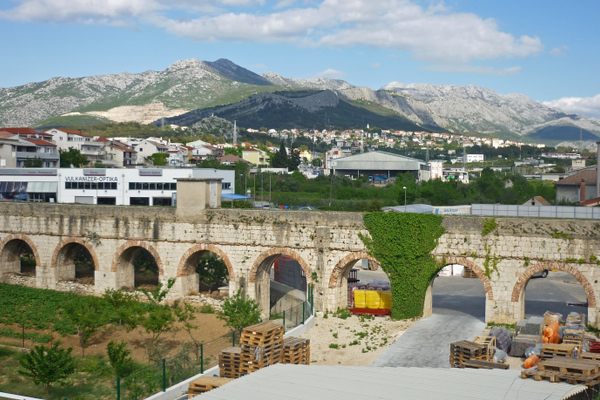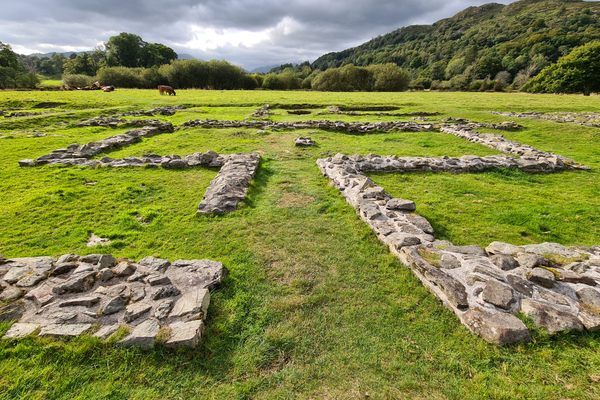Punta Campanella
A crumbling watchtower and a lighthouse overlooks the site believed to be the Sirens' cliff in the "Odyssey."
Punta Campanella is the last headland of the Sorrentine Peninsula and overlooks the island of Capri, separated by the narrow Bocca Piccola straight.
A lonely and crumbling Saracen watchtower originally constructed by Robert of Anjou in 1334 (rebuilt in 1556), was originally part of a defensive network that dots the peninsula and its bell. It’s actually where the headland’s name derives. The bell was rung to warn the inhabitants of seaborne invaders and enemies. Near the tower is an automated lighthouse constructed during the 1970s.
Other ruins around the tower include defensive structures constructed by Murat to halt the British conquest of Capri. There are also Roman remains that have been attributed to an imperial villa and a temple dedicated to Minerva or Athena.
A slit in the rock on the left allows for a perilous descent to the sea below and was most likely used to access a mooring point. An Oscan/Samnite inscription was discovered on the rock cliff in the 1980s. It mentions the work of three Samnite magistrates who built the mooring site so offerings could be brought to the temple. When the Romans conquered the peninsula, they took over the temple although the ancient ruins hidden under the vegetation might also be attributed to an imperial villa.
The site is also believed to be the spot where Ulysses, who asked his men to row the ship past a cliff and had himself tied to the mast, listened to the dangerous song of the Sirens.
Know Before You Go
Punta Campanella can only be reached on foot via a little over a mile long (3 kilometers) trail from the village of Termini. Alternatively, you can climb to Monte San Costanzo and take the steep trail down the mountain which offers incredible views over Capri and the nearby Bay of Ieranto.
There are two ways of descending from the lighthouse to the sea but both are very dangerous.
The narrow slit in the rock with the Oscan inscription is equipped with ropes and a ladder, while a staircase in poor condition leads to the mooring on the northern side.

















Follow us on Twitter to get the latest on the world's hidden wonders.
Like us on Facebook to get the latest on the world's hidden wonders.
Follow us on Twitter Like us on Facebook